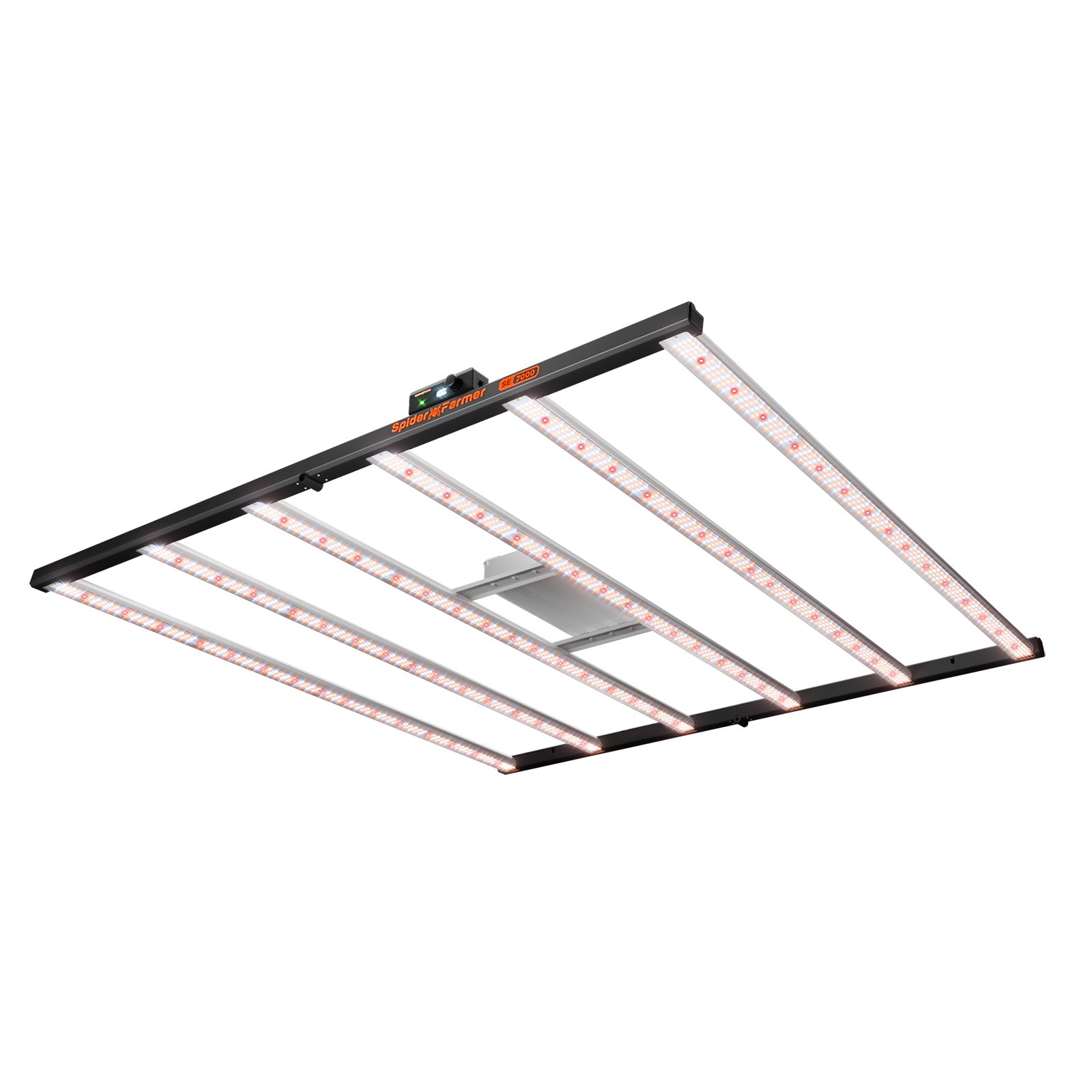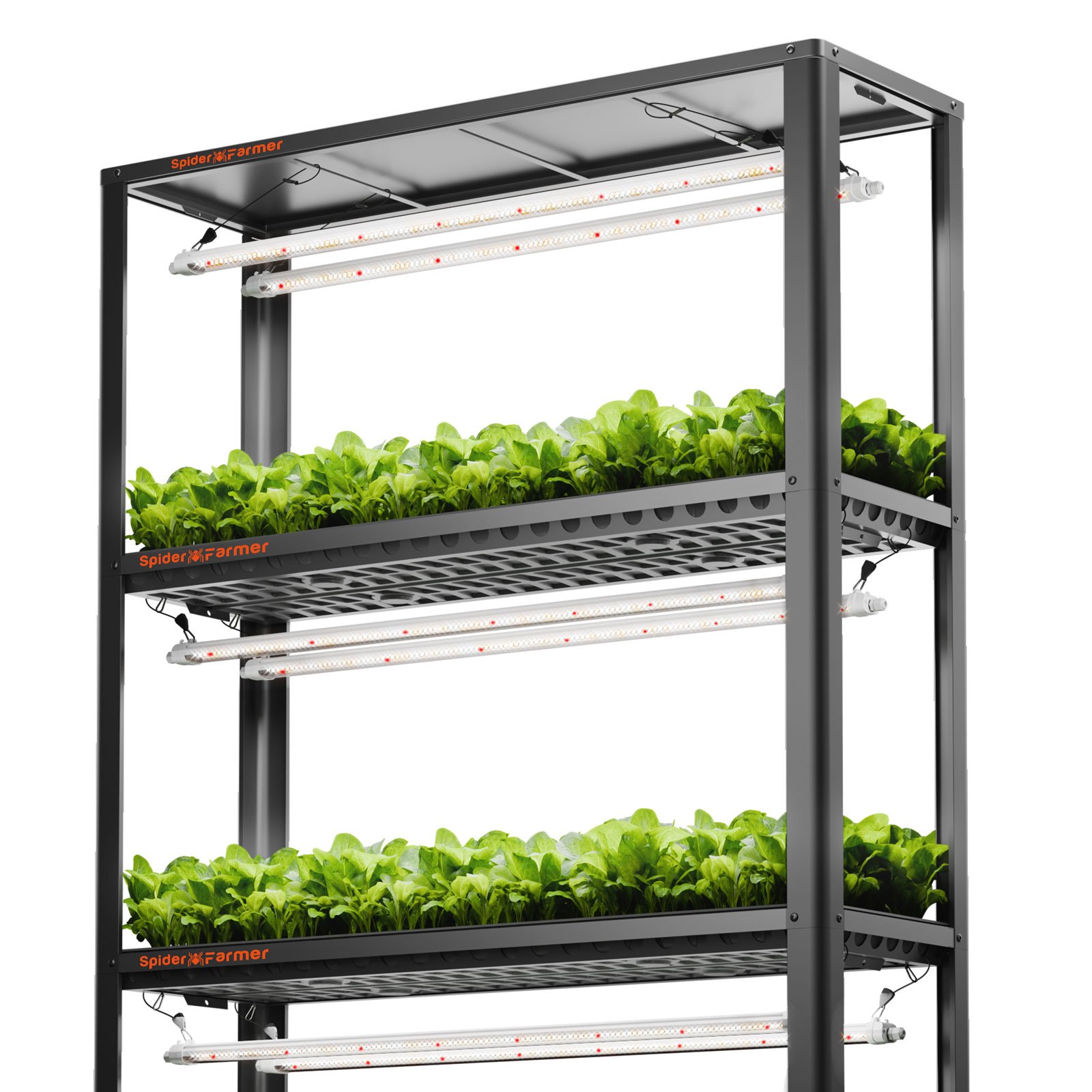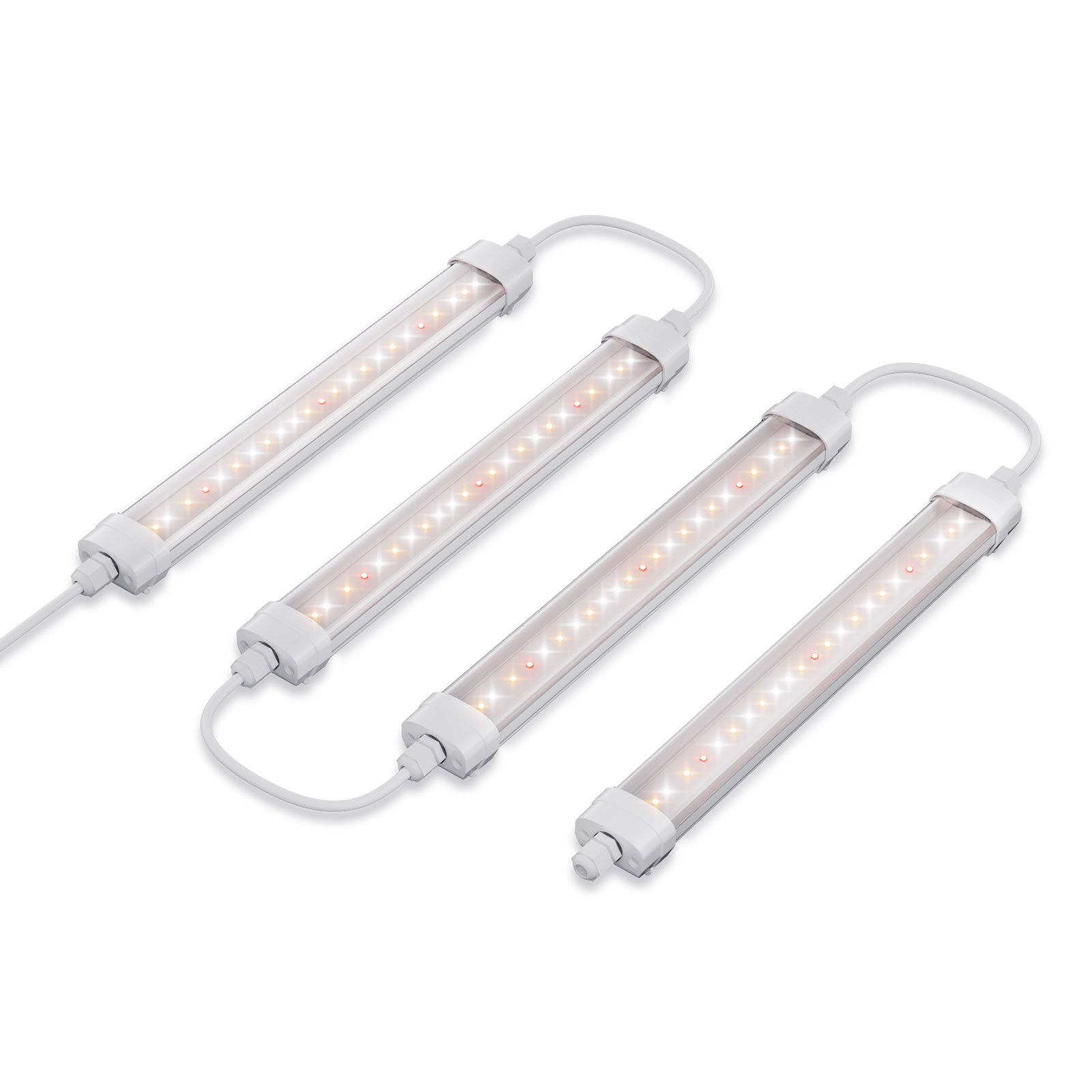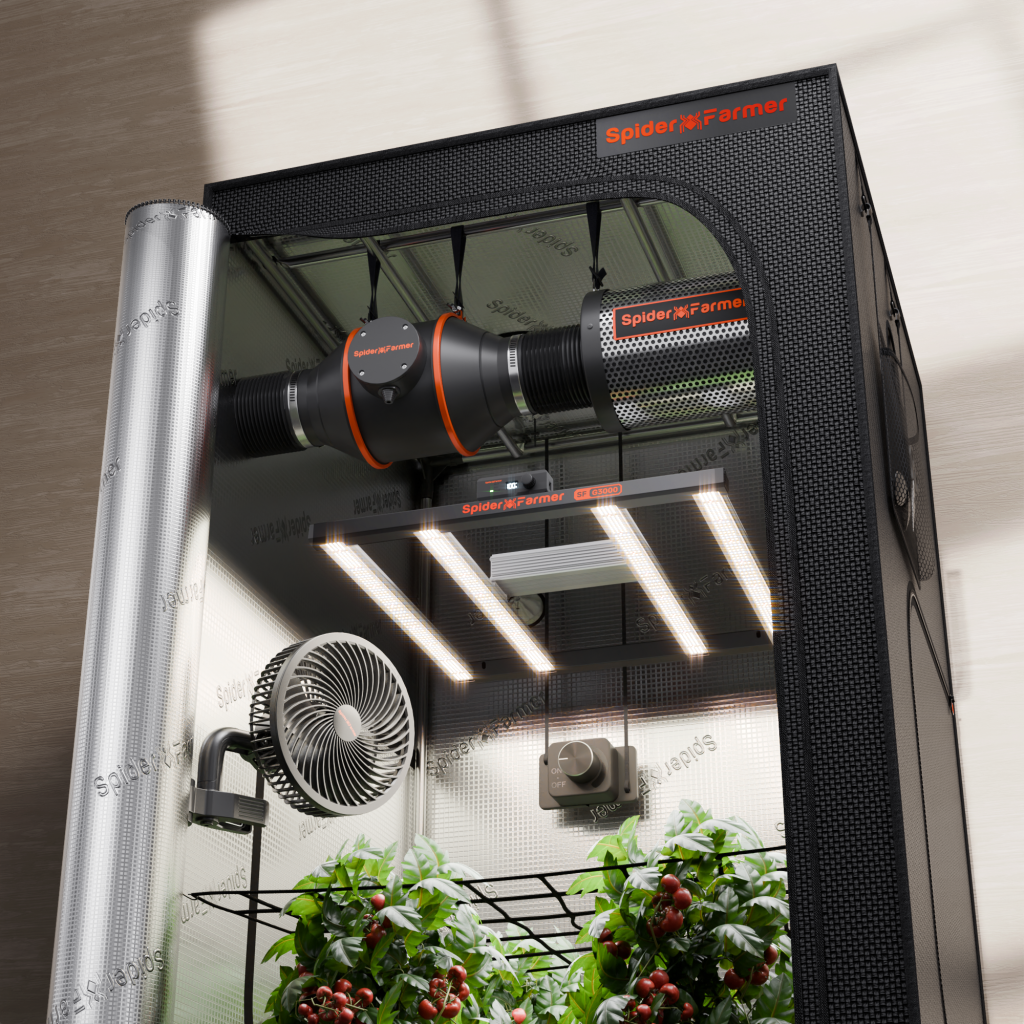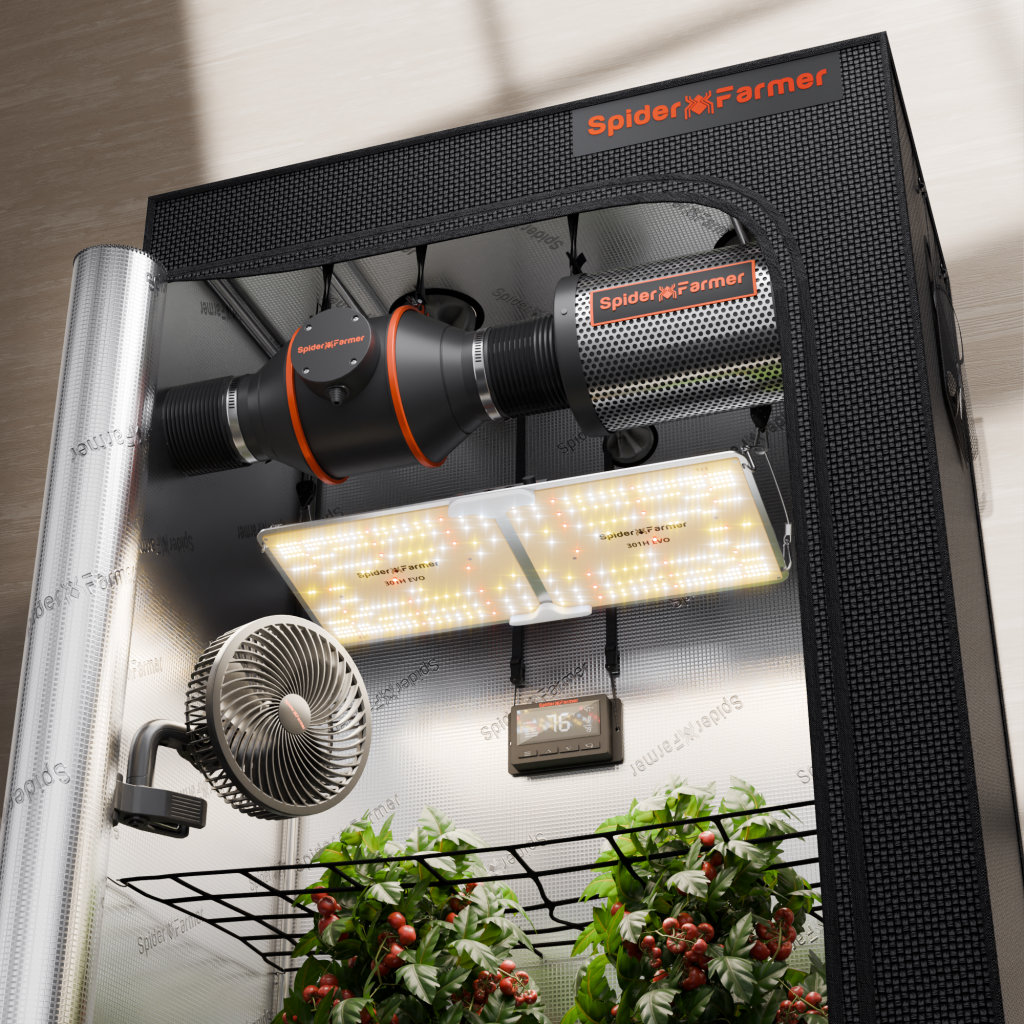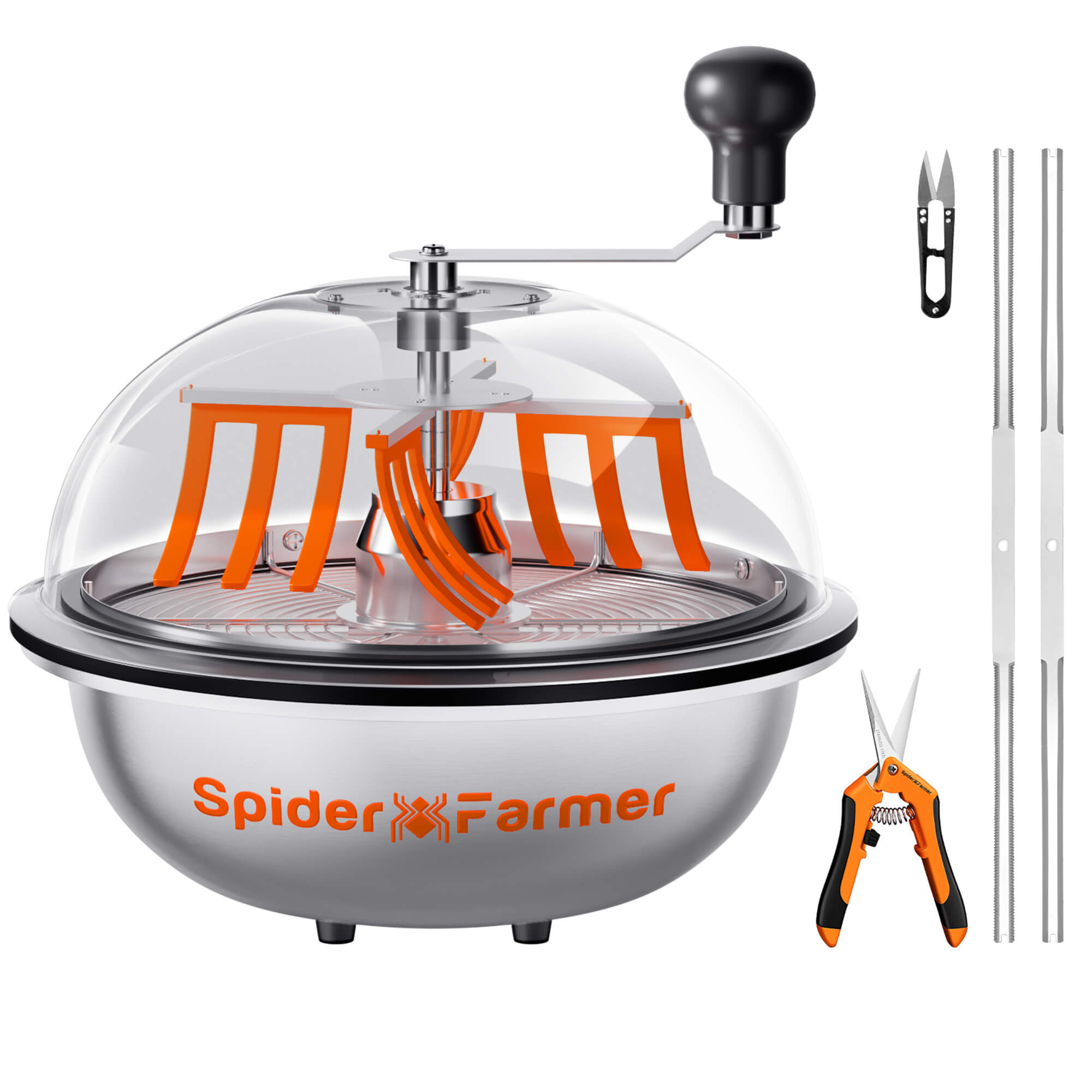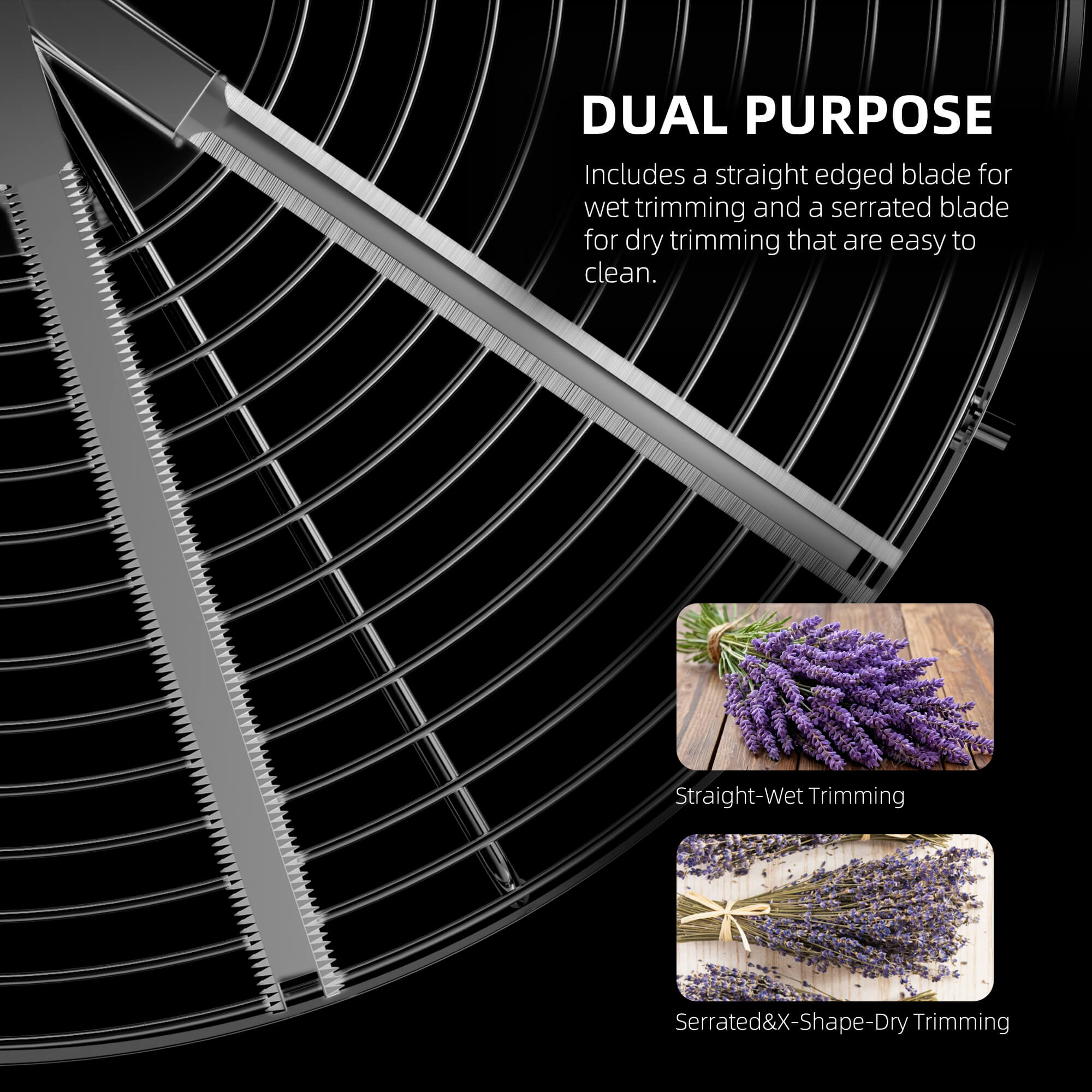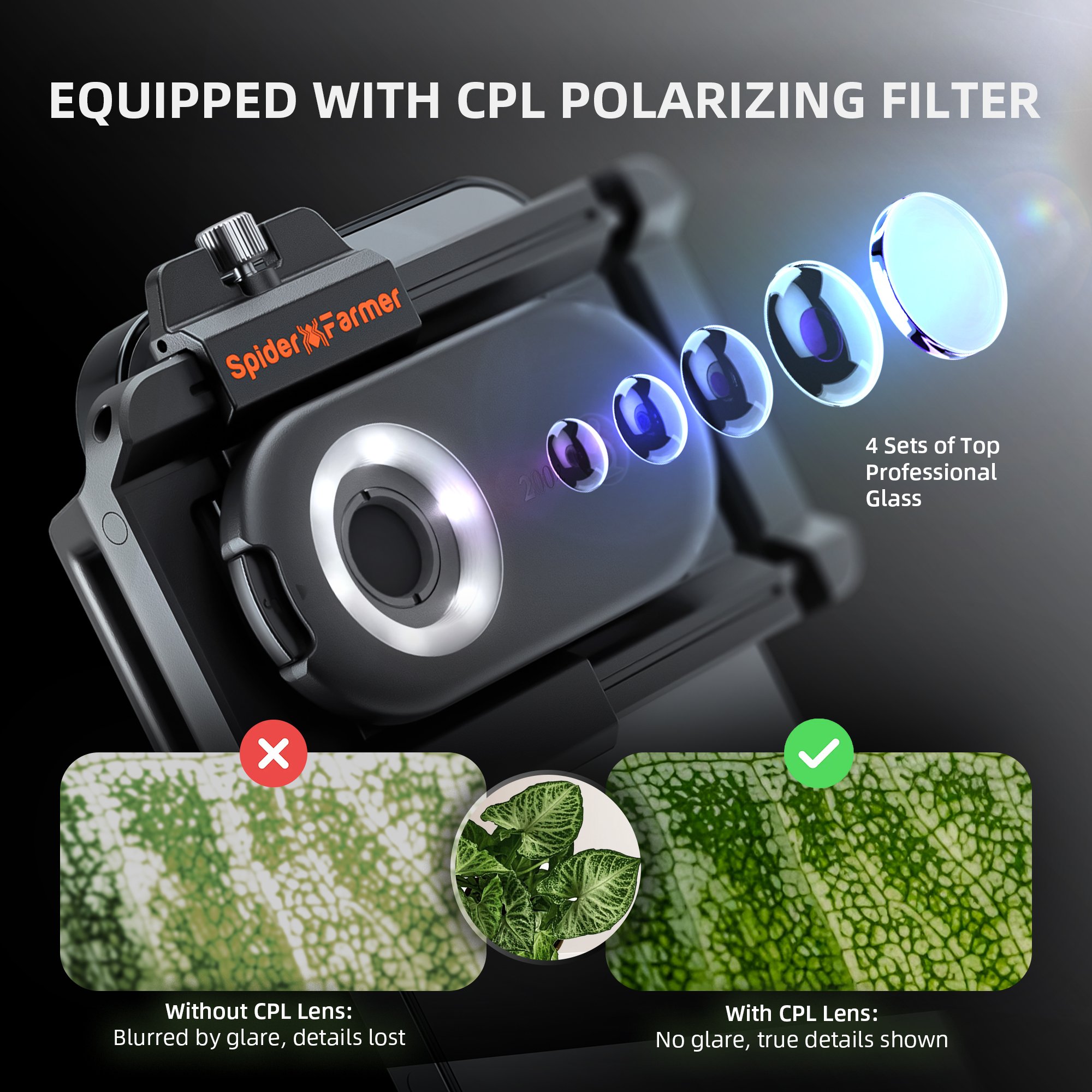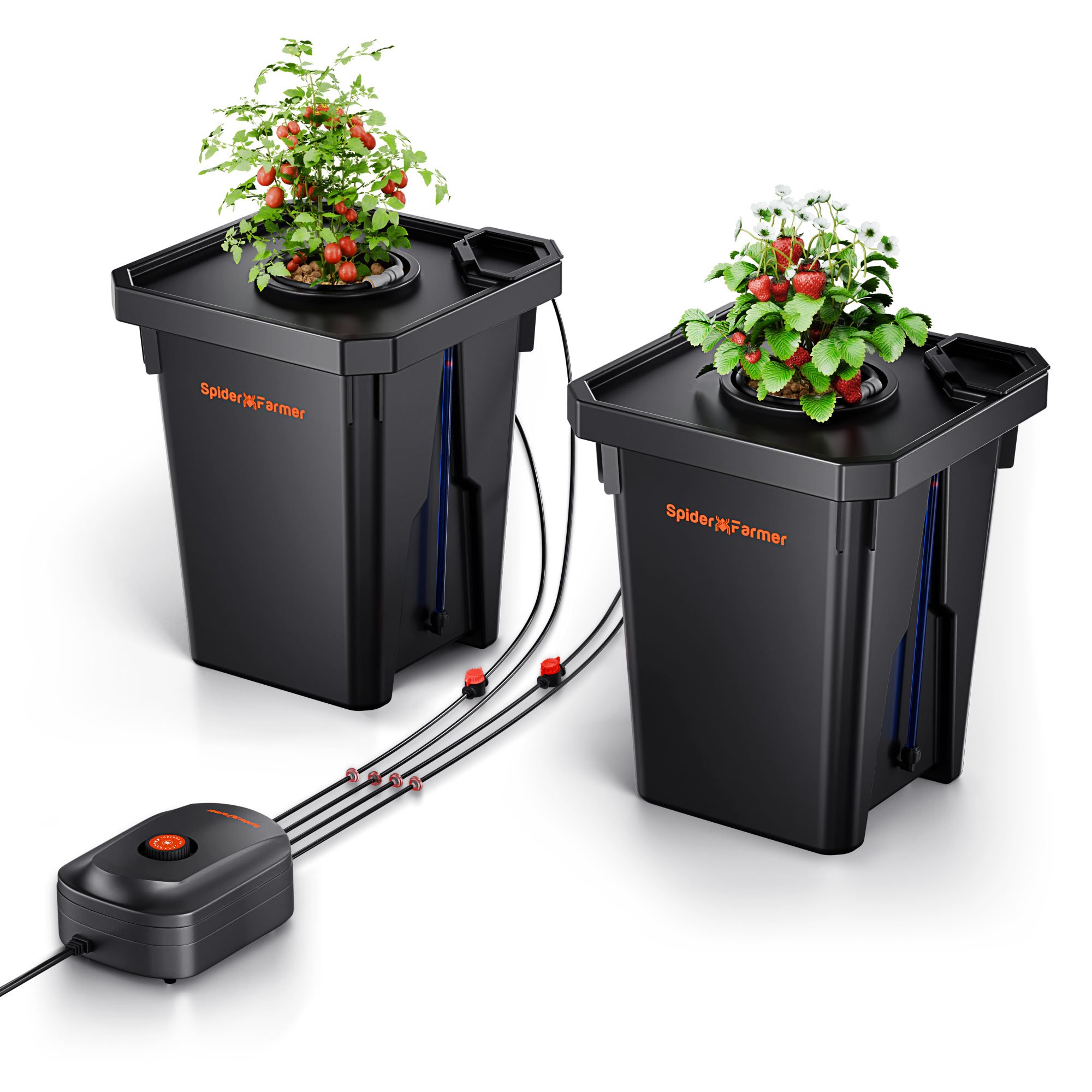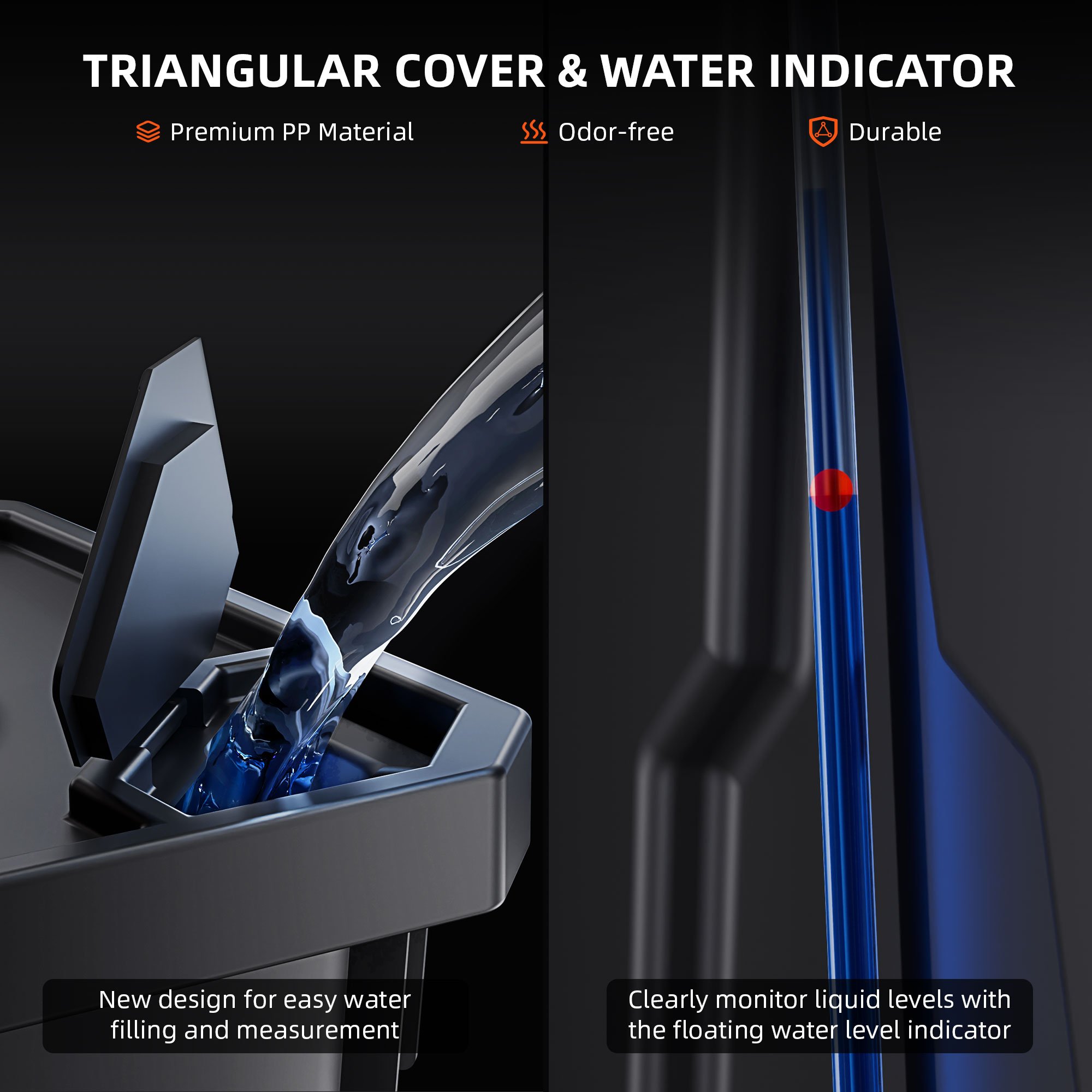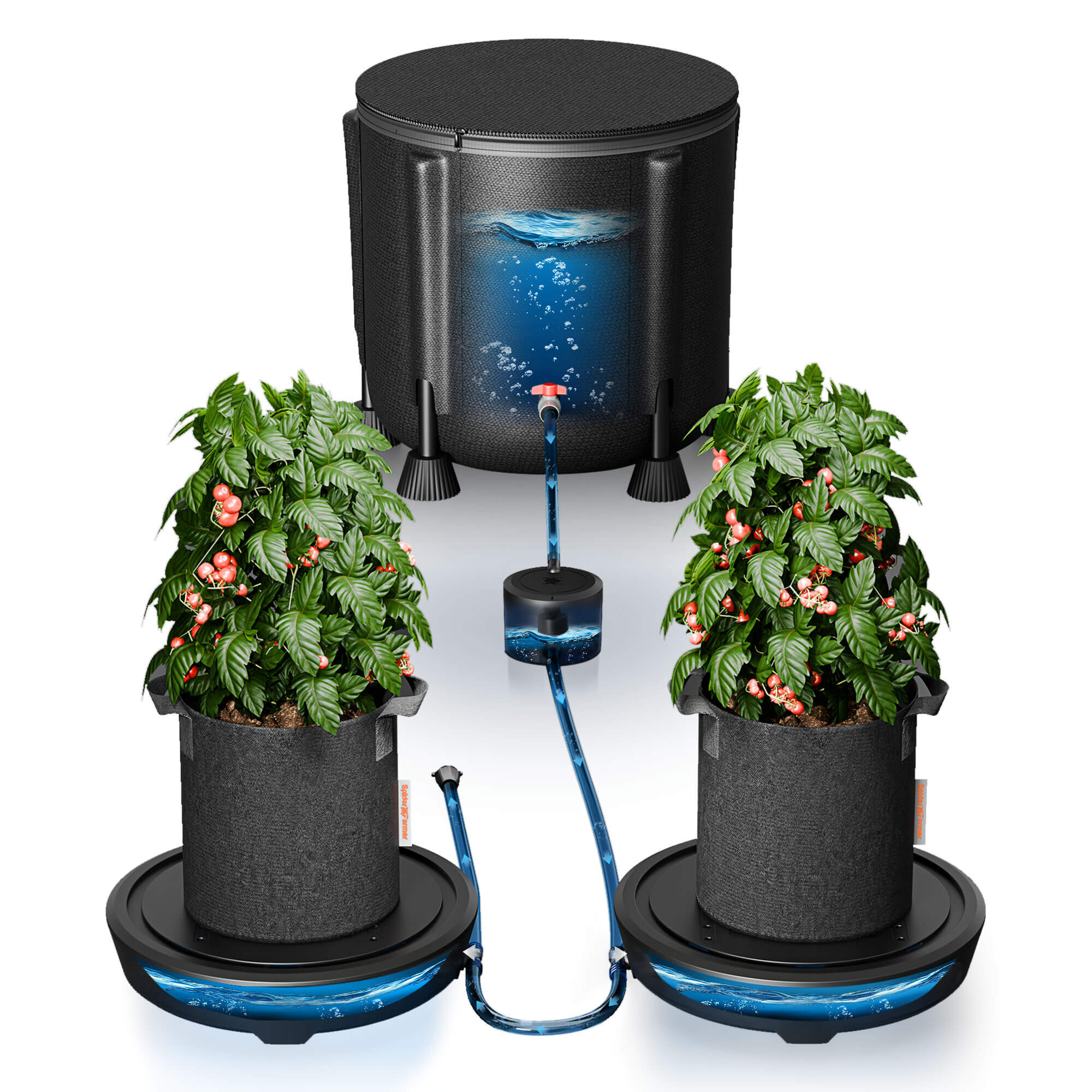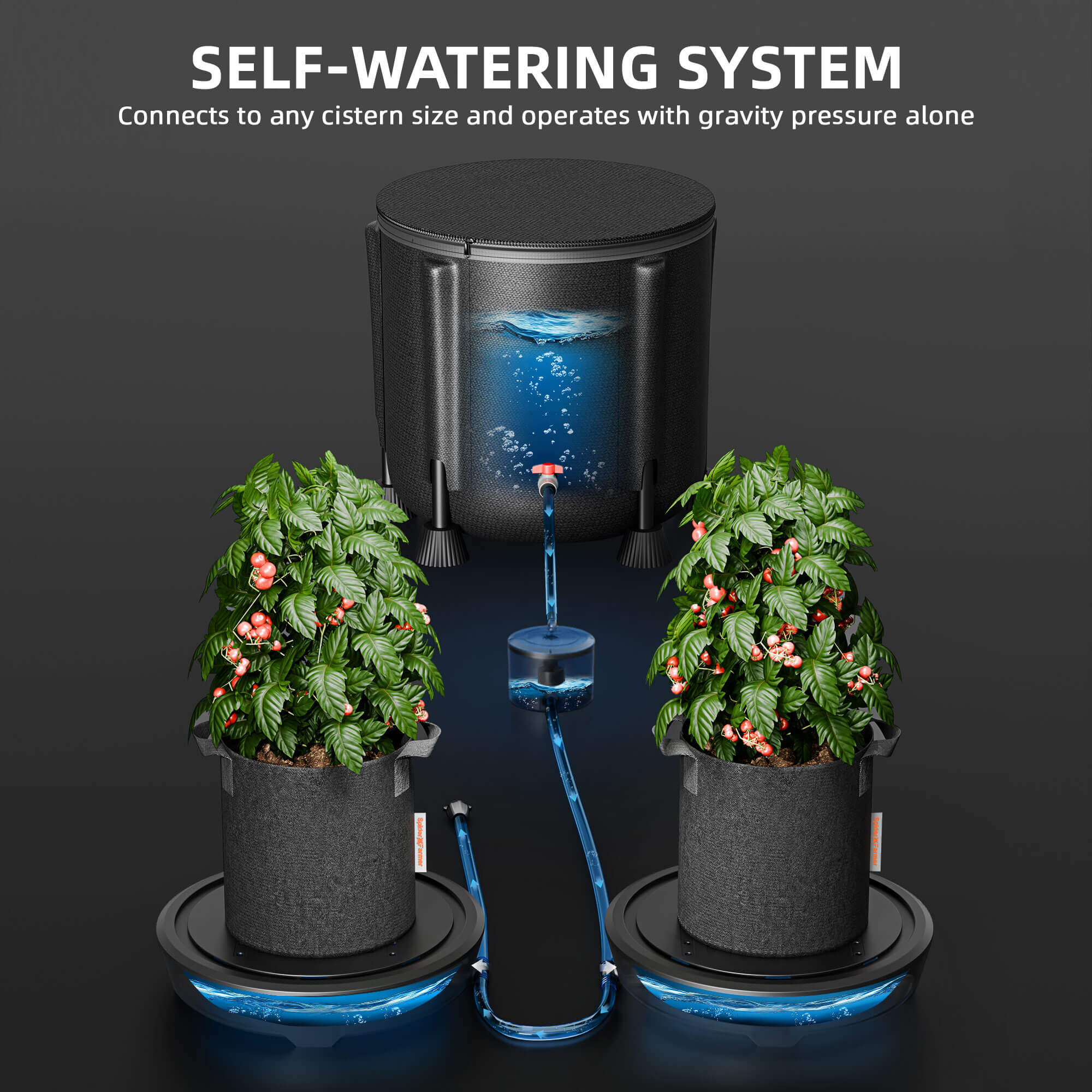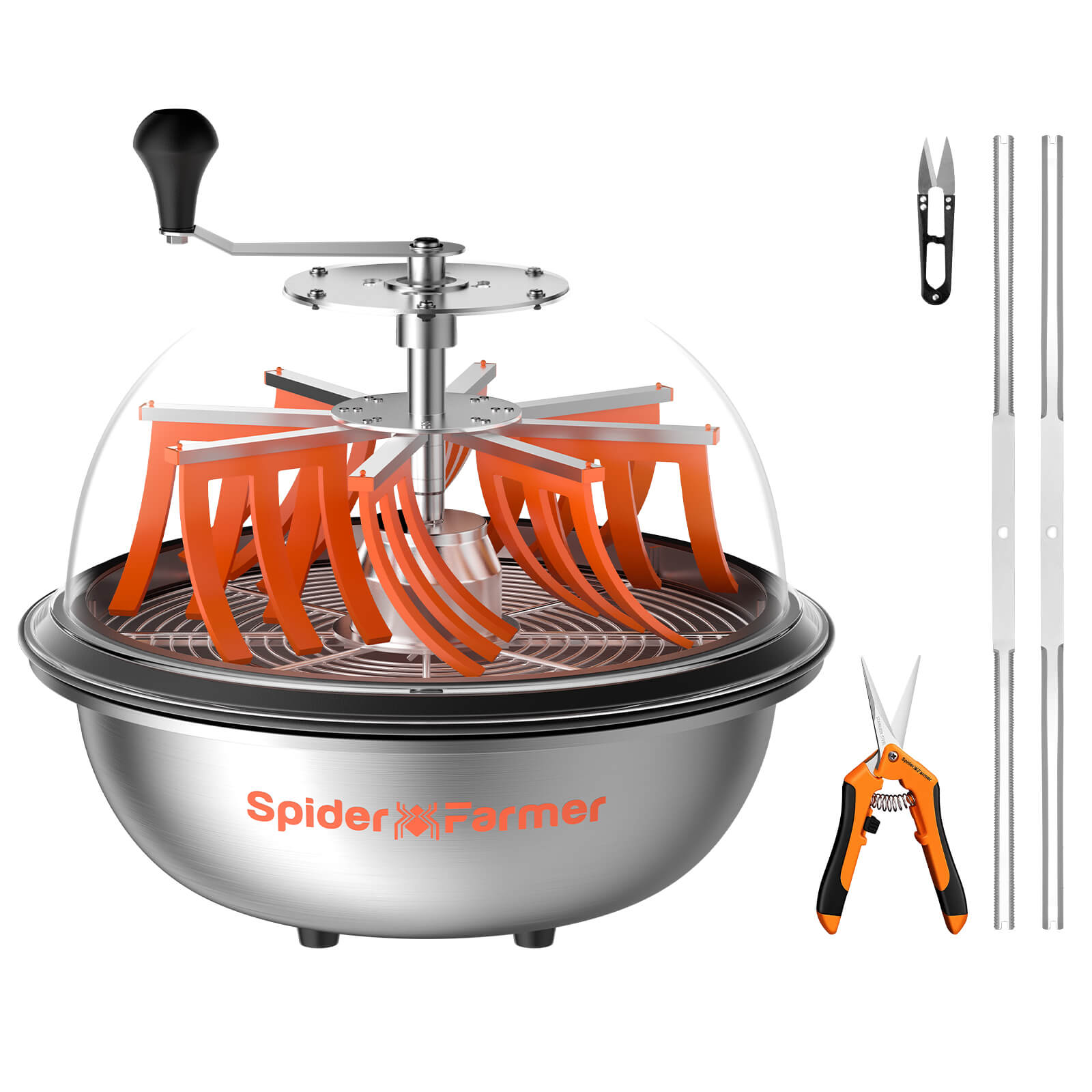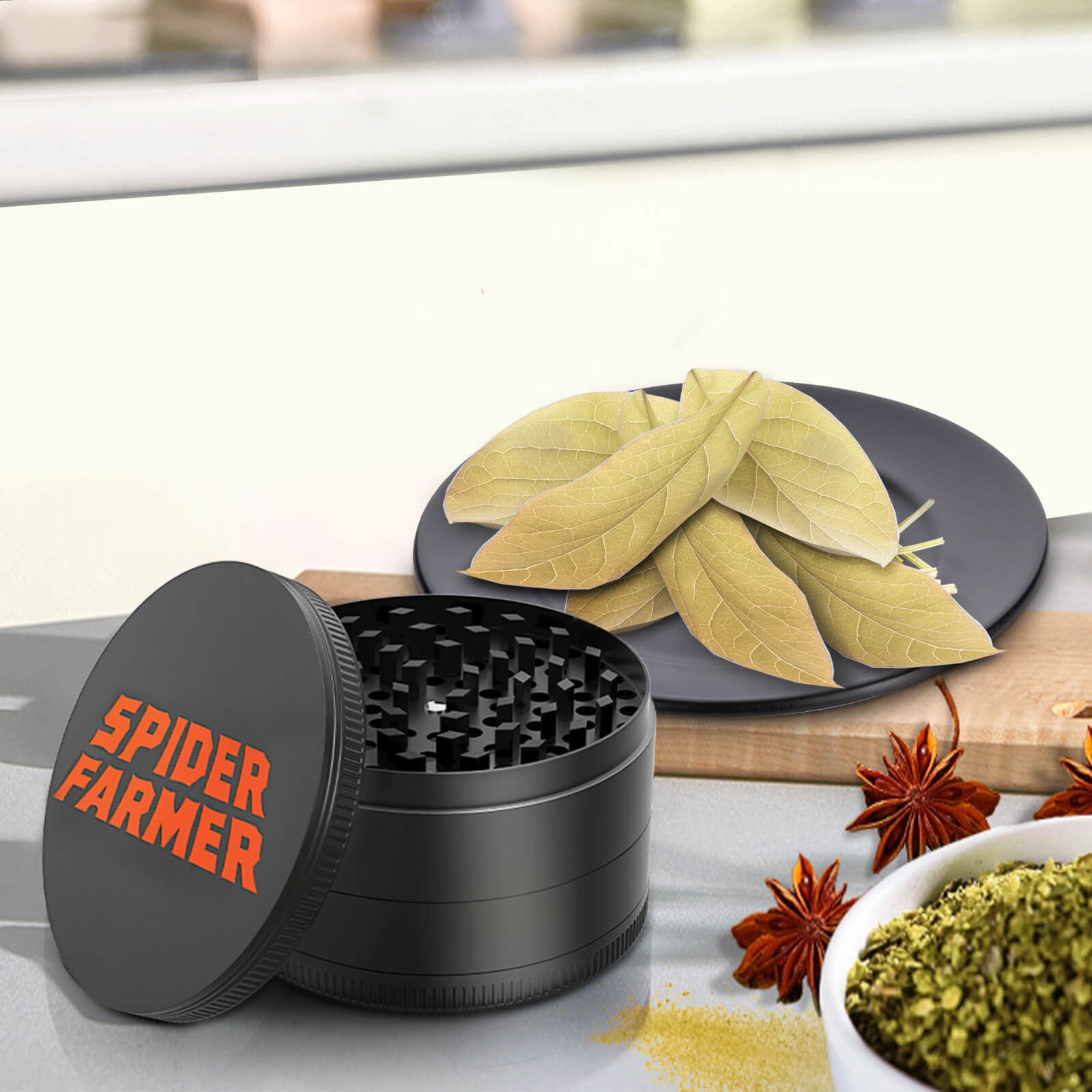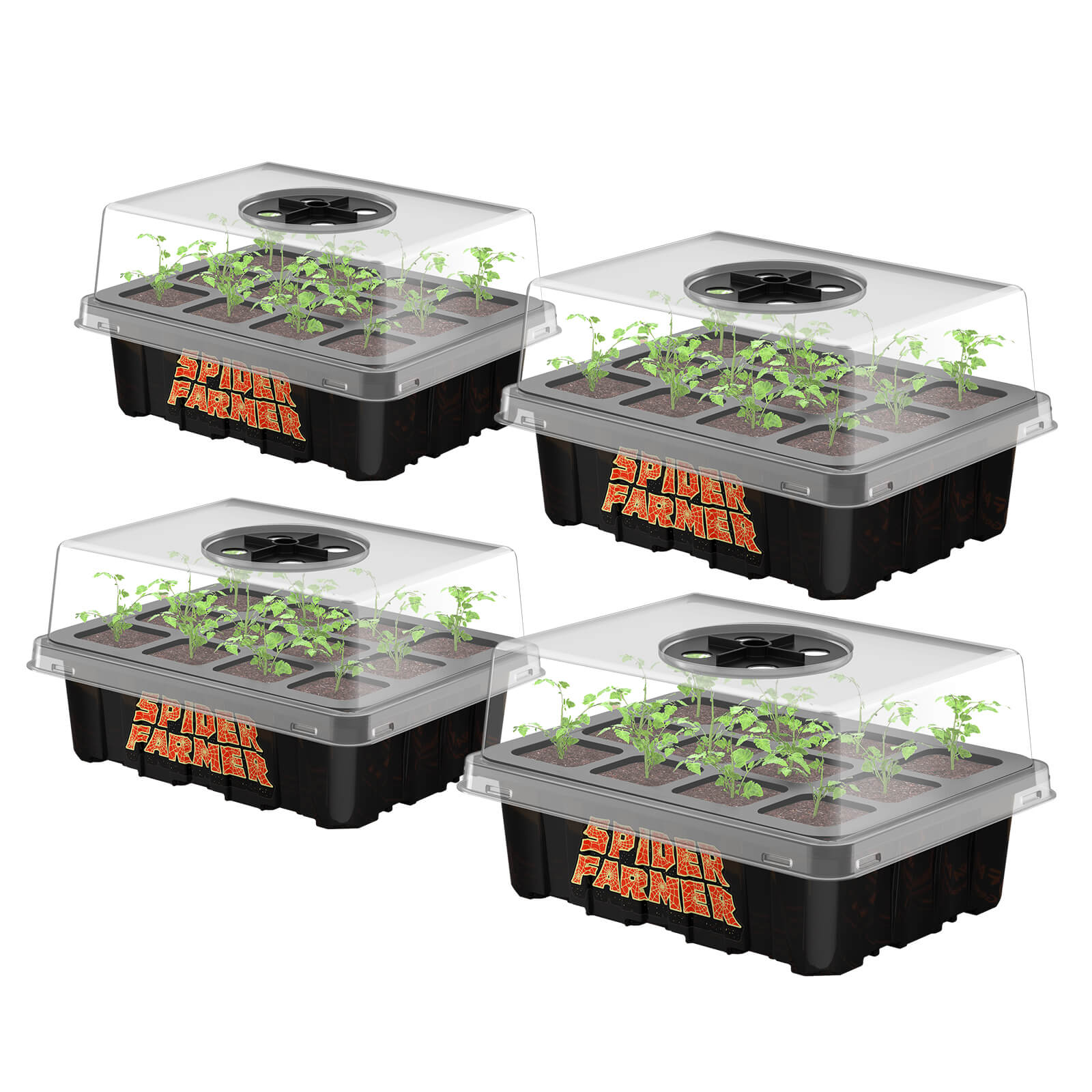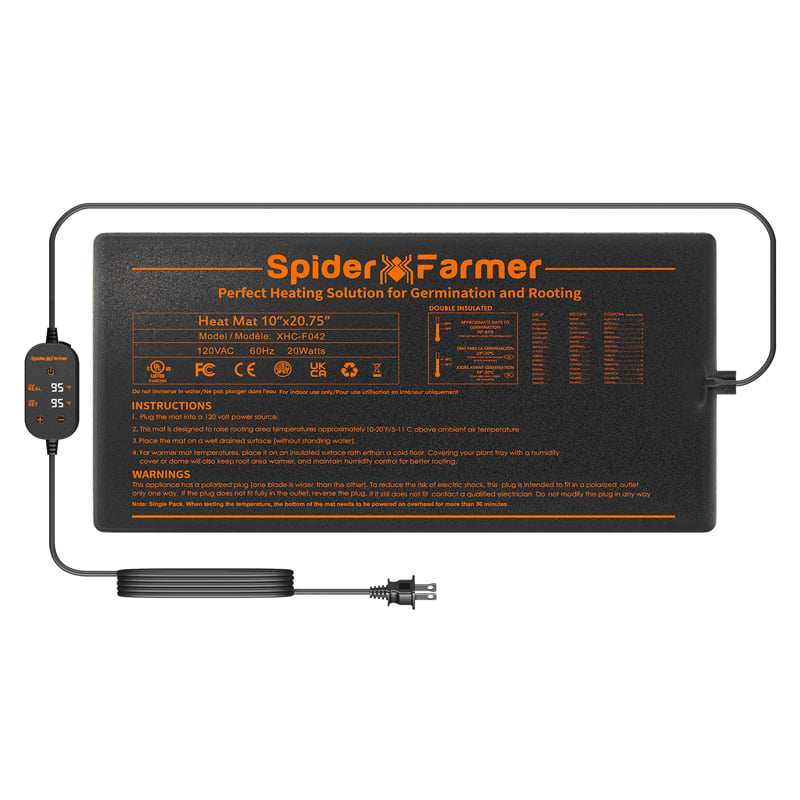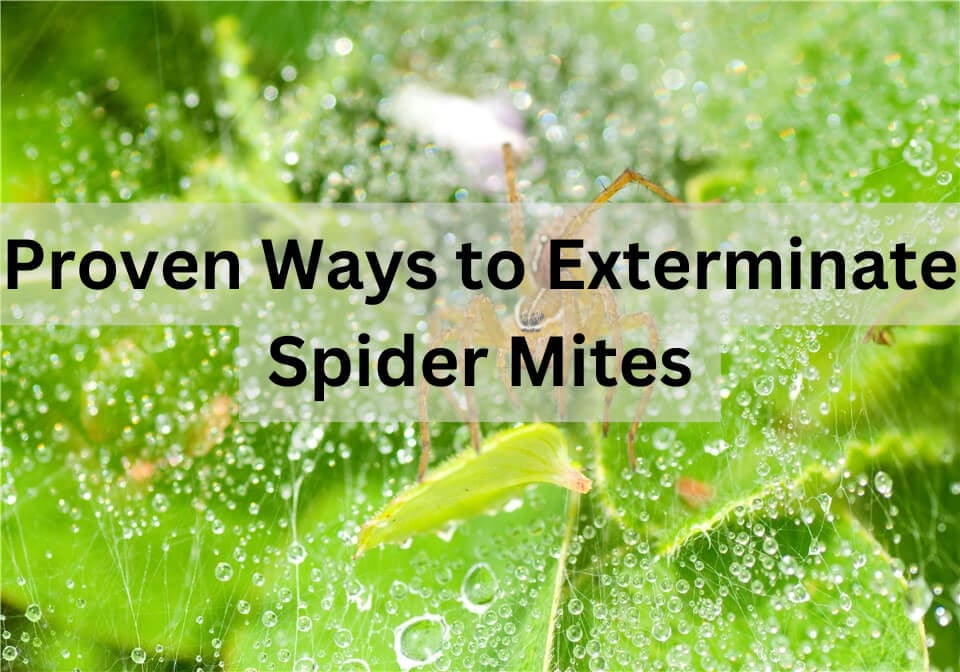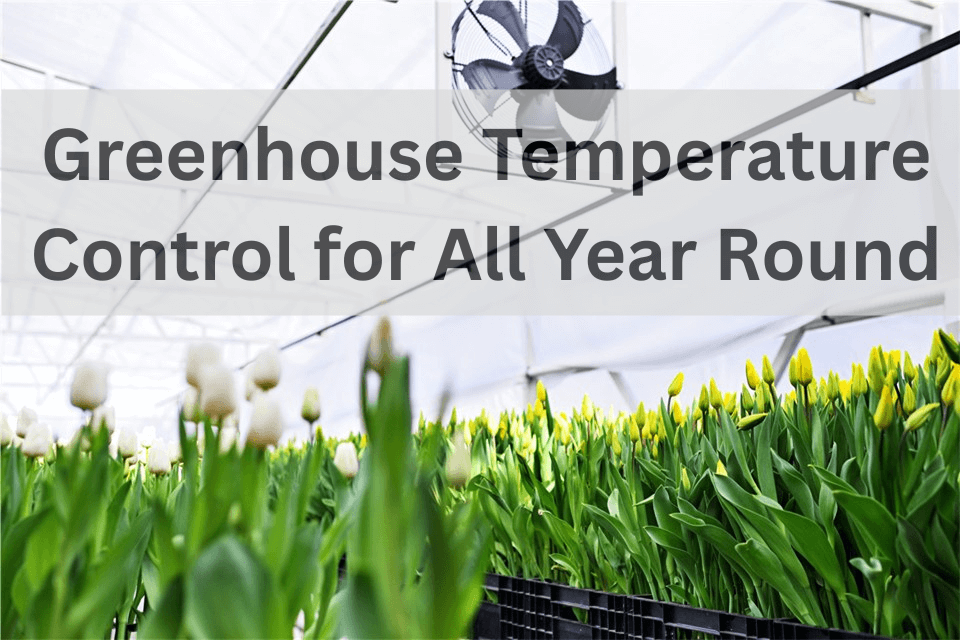Spider mites are a common and devastating pest for plant growth, especially during the flowering stage when infestations can significantly impact yields and potency. If left unchecked, spider mites can quickly spiral out of control, causing extensive damage to your precious buds. However, with proactive measures and effective treatment, you can get rid of spider mites and protect your crop.
Table of Contents
What Plants May Suffer from Spider Mites?
Spider mites can infest a wide range of plants, impacting both indoor and outdoor plants. Commonly affected varieties include tomatoes, roses, etc., which often show signs of leaf discoloration and webbing. Many houseplants, such as spider plants, and peace lilies. Pothos are also particularly susceptible in dry conditions.
Gardeners who propagate cucumbers and peppers, whether sweet or hot, can experience reduced yields due to these pests. Additionally, strawberries and ornamental plants like lilies and chrysanthemums are potential targets for spider mites. Even fruit trees, including apple, peach, and plum, can suffer from infestations that affect both foliage and fruit production. Being aware of these vulnerable plants allows gardeners to take proactive steps in monitoring and protecting their greenery from spider mites.
What Causes Spider Mites in Plants?
Spider mites survive in specific conditions, and several factors can contribute to their proliferation. Understanding what causes spider mites to invade your garden is crucial for effective prevention and management. Hence, before learning how to exterminate spider mites, let’s explore the causes of spider mites in plants.

Spider Mites on Plants
- Dry Conditions: Spider mites thrive in hot, dry environments. Low humidity levels create an ideal habitat for them, allowing populations to grow rapidly. Therefore, you can raise humidity in grow tent when take care of your plants.
- Warm Temperatures: These pests prefer warm conditions, and higher temperatures can accelerate their life cycle, leading to quicker infestations.
- Nutrient Deficiencies: Plants that are stressed or lacking essential nutrients may be more vulnerable to spider mite infestations. Healthy plants are generally more resilient and better equipped to fend off pests.
- Poor Air Circulation: Crowded plants or those placed in poorly ventilated areas can create stagnant air, which increases humidity levels and creates a suitable environment for spider mites to thrive.
- Inadequate Watering: Both overwatering and underwatering can stress plants, making them more susceptible to pest infestations, including spider mites.
- Weakened Plants: Plants that are already stressed from disease, environmental factors, or physical damage are more likely to attract spider mites, as these pests target weakened plants.
- Introduction of Infected Plants: Bringing in new plants that are already infested with spider mites can quickly spread the problem to your other plants. Quarantining new arrivals can help prevent this.
What Kills Spider Mites Instantly?
As these tiny spider mites can quickly multiply, leading to yellow leaves on plants, webbing, and overall decline in plant health, you are suggested to take swift action to protect your plants from their damaging effects. Fortunately, there are several effective solutions that can kill spider mites instantly, allowing you to regain control of your garden.
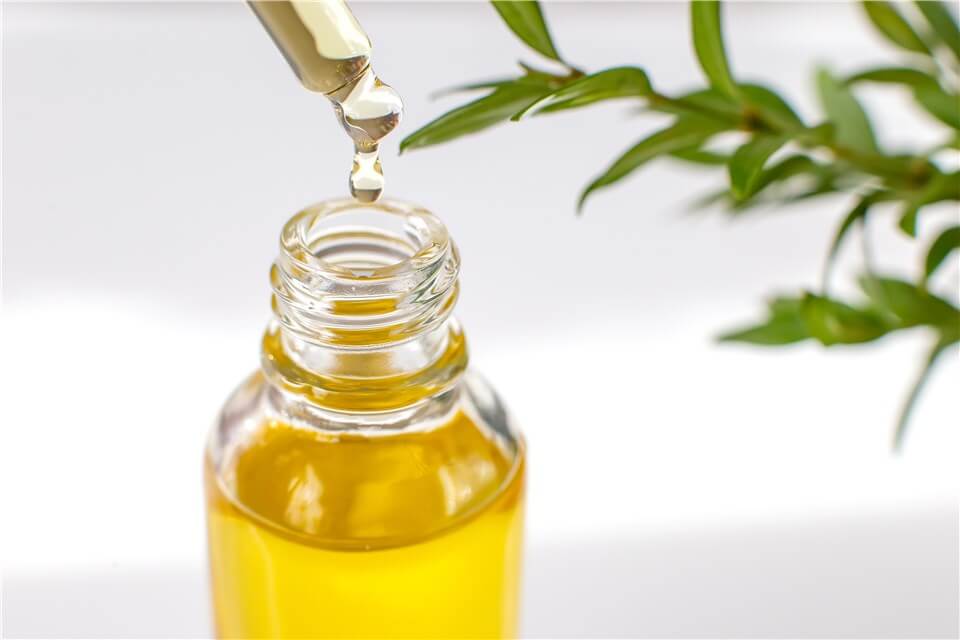
Will Neem Oil Kill Spider Mites
- Water Spray: A strong stream of water can dislodge spider mites and their webs, effectively reducing their numbers instantly. While this method may not kill them, it significantly lowers their population.
- Rubbing Alcohol: Spraying a solution of rubbing alcohol (isopropyl alcohol) directly onto spider mites can kill them on contact. Use a cotton swab or spray bottle to apply it, ensuring thorough coverage, especially on the undersides of leaves.
- Insecticidal Soap: Insecticidal soap is effective against spider mites and can kill them on contact. Spray the solution directly on the mites and affected areas of the plant.
- Neem Oil: Neem oil is a natural pesticide that disrupts spider mites’ life cycle. While it may not kill them instantly, it can be effective when used in combination with other methods for quick results.
- Diatomaceous Earth: Sprinkling food-grade diatomaceous earth on affected areas can damage the exoskeletons of spider mites, leading to dehydration and death. It works best when applied directly to the mites.
How to Get Rid of Spider Mites on Plants?
Spider mites can be a persistent and troublesome pest for a variety of outdoor and indoor plants, including tomatoes, roses, and even potted plants. These tiny arachnids can cause significant damage if left unchecked, leading to yellowing leaves, stunted growth, and unsightly webs. Fortunately, there are effective strategies you can implement to get rid of spider mites naturally and protect your beloved plants.
In this part, we’ll outline essential steps you can take to exterminate spider mites, ensuring the health and vibrancy of your indoor and outdoor plants. Although the fundamental principles for getting rid of spider mites are similar for both indoor and outdoor plants, the specific steps vary due to environmental factors and plant care conditions.
Get Rid of Spider Mites on Indoor Plants
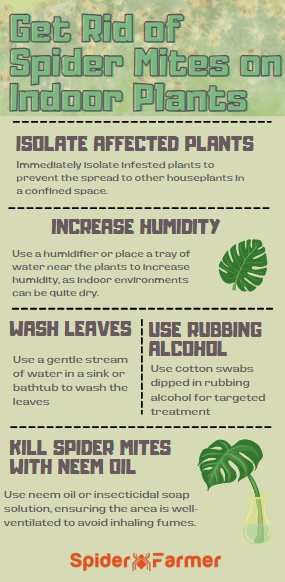
Get Rid of Spider Mites on Indoor Plants
Isolate Affected Plants
Immediately isolate infested plants to prevent the spread to other houseplants in a confined space.
Increase Humidity
Use a plant humidifier or place a tray of water near the plants to increase humidity, as indoor environments can be quite dry.
Wash Leaves
Use a gentle stream of water in a sink or bathtub to wash the leaves, ensuring minimal mess and water retention in the soil.
Kill Spider Mites with Neem Oil
Neem oil will kill spider mites. Therefore, use neem oil or insecticidal soap solution, ensuring the area is well-ventilated to avoid inhaling fumes. Be cautious about overspray on nearby furniture.
Sprinkle Food-grade Diatomaceous Earth
Sprinkle food-grade diatomaceous earth around the base of your plants and on the leaves. This natural powder damages the exoskeletons of spider mites, leading to dehydration and death.
Use Rubbing Alcohol
Use cotton swabs dipped in rubbing alcohol for targeted treatment, as this method is precise and minimizes mess.
Get Rid of Spider Mites on Outdoor Plants
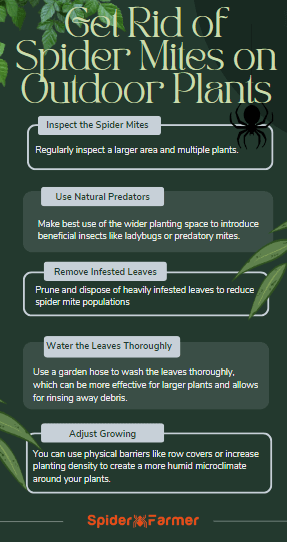
Get Rid of Spider Mites on Outdoor Plants
Monitor and Inspect the Spider Mites
Regularly inspect a larger area and multiple plants. Pay close attention to environmental conditions that may favor spider mites.
Use Natural Predators
You can make best use of the wider planting space to introduce beneficial insects like ladybugs or predatory mites. This can thrive in outdoor settings and help control spider mite populations naturally.
Remove Infested Leaves
Prune and dispose of heavily infested leaves to reduce spider mite populations more aggressively.
Water the Leaves Thoroughly
Use a garden hose to wash the leaves thoroughly, which can be more effective for larger plants and allows for rinsing away debris.
Treat Spider Mite in a Wider Treatment Area
Apply treatments over a larger area, focusing on multiple plants at once, and consider weather conditions (e.g., wind, rain) when applying sprays.
Adjust Growing Environment
You can use physical barriers like row covers or increase planting density to create a more humid microclimate around your plants.
Get Rid of Spider Mites in Soil
Dealing with spider mites can be a frustrating challenge for gardeners, especially when these pests invade the soil of your plants. While spider mites are often visible on leaves and stems, they can also thrive in the soil, creating a hidden threat that can compromise plant health. In this section, we’ll especially talk about how to get rid of spider mites in soil.
Remove Infested Plants
If you notice spider mites in the soil of a specific plant, consider removing the plant to prevent the infestation from spreading to others.
Soil Replacement
If feasible, replace the infested soil with fresh, sterile potting mix. This can help eliminate any spider mites and their eggs present in the soil.
Watering Techniques
Thoroughly water the soil to help dislodge spider mites and encourage them to move to the surface. This can make them easier to treat.
Diatomaceous Earth
Sprinkle food-grade diatomaceous earth on the soil surface. This natural powder can help kill spider mites by damaging their exoskeletons.
Insecticidal Soap or Neem Oil
Apply insecticidal soap or neem oil directly to the soil. These treatments can help eliminate spider mites and their eggs without harming the plant.
Beneficial Nematodes
Introduce beneficial nematodes, which are microscopic organisms that can help control pest populations in the soil, including spider mites.
Monitor and Maintain
Regularly check your plants and soil for signs of spider mites. Maintaining healthy plants through proper care will make them more resilient to pest infestations.
Tips on Spider Mite Treatment
To treat spider mites on plants, start by inspecting the affected foliage for signs of infestation, such as tiny webs and yellowing leaves. Isolate any infested plants to prevent the spread of spider mites. Wash the leaves with a strong stream of water to dislodge the mites, ensuring you rinse both the top and bottom surfaces. Increase humidity around the plants by misting them or using a humidifier, as spider mites thrive in dry conditions. Apply insecticidal soap or neem oil thoroughly on the leaves, repeating the treatment every 7-10 days until the infestation is under control. If the problem persists, consider using a miticide specifically designed for spider mites. Finally, maintain overall plant health through proper care to bolster resilience against future infestations.



